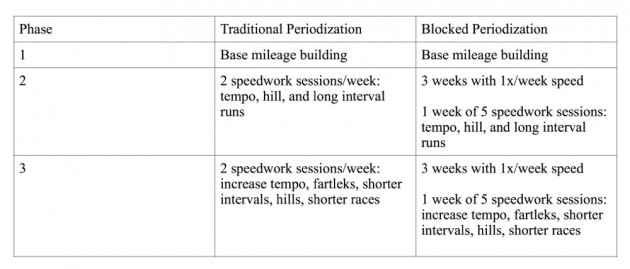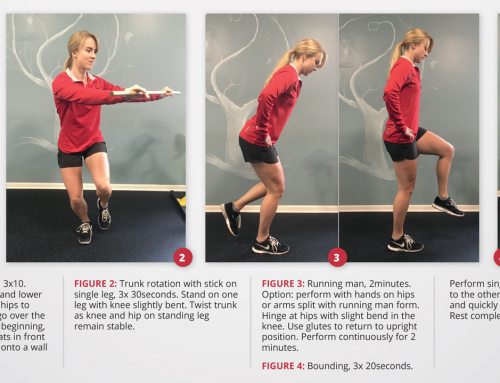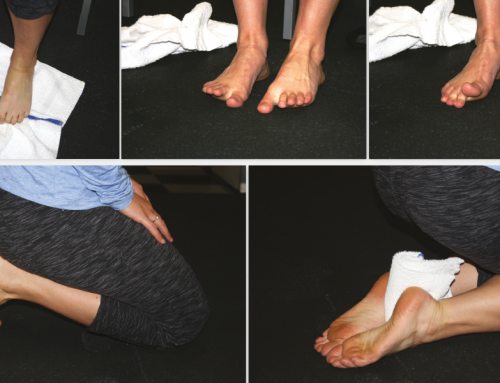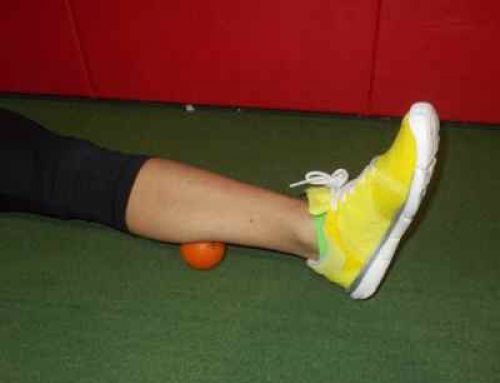By Smruti Shah
As endurance athletes, we all train in cycles. Many of us will register for our next event within hours of finishing the last one. It is easy to get caught up with going from one race to another without having a planned training schedule that allows focused periods on each type of workout (e.g., fartleks, tempos, endurance). The challenge with endurance sports is that there really is no offseason. We move from one race to another. This leads to repetitive stress and overtraining injuries, and to suboptimal performance. Contrarily, in professional and most other sports, there is an offseason to allow rest and recovery.
Enter periodization. Periodization allows the endurance athlete to improve performance and avoid injury. The goal of periodization is to build to a peak using training phases or cycles, each with a specific performance goal. This is then followed by a recovery week. It is a training system that is broken up into three phases with a race endpoint. Each phase builds on the previous phase:
Phase I: Base-building, low-intensity longer runs. Depending on the race distance and recovery needed from previous events, this can be the longest or shortest phase. This is also a great phase to begin single-leg stability exercises such as unilateral squats, high step-ups, and single-leg deadlifts.
Phase II: Gradually increase intensity. Continue to build endurance with long runs once a week. Add tempo and long interval runs twice a week. You may also add hill repeats every three weeks during this phase.
Phase III: Speed phase, increased intensity of twice-weekly speed work with concurrent volume decrease. Add shorter, faster intervals and replace one speed session with a hill workout every two weeks. Begin to decrease intensity and mileage two to three weeks prior to race day.
Traditional periodization programs are 4-8 weeks per phase with a recovery week every four weeks of 25-50 percent reduction in mileage and intensity. More recent researchadvocates the use of blocked periodization: instead of two high-intensity speedwork sessions per week, the athlete performs five high-intensity workouts over a week every three weeks of the last two phases of training.
Blocked periodization is not recommended for the beginner endurance athlete. It is also important to fully recover from the high-intensity week of blocked training prior to your high-volume or high-intensity run.

With 2014 in full swing, I challenge you to plan the year’s race schedule, choose your favorite training plan and revamp it by mapping out your phases: build, prepare, peak and repeat for each race.
See you out there!
# # #
Smruti Shah, PT, DPT is a physical therapist at Proaxis Therapy. She is a mom, wife, physical therapist and marathon runner.






